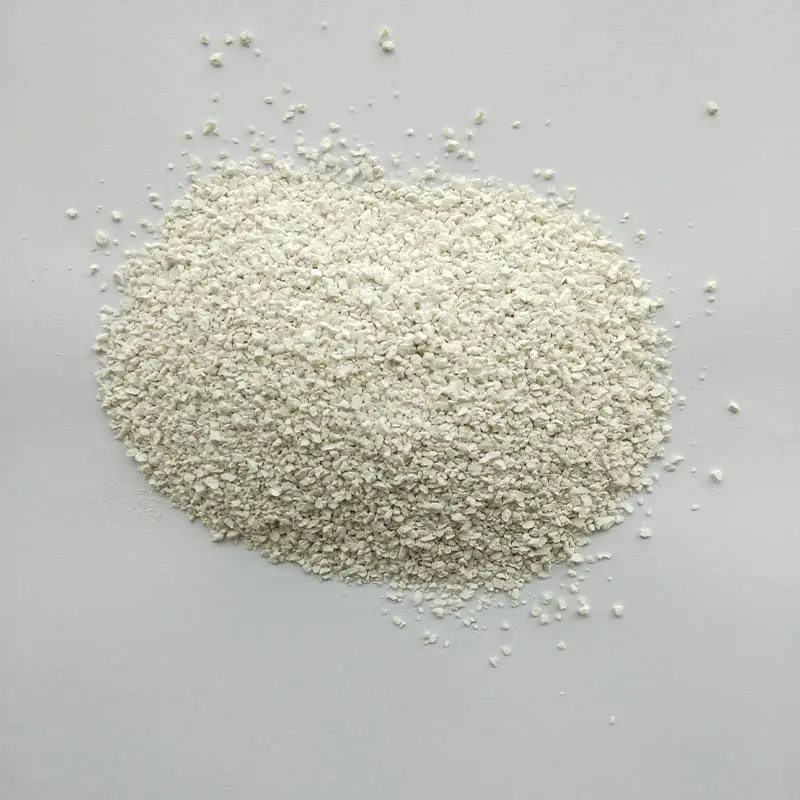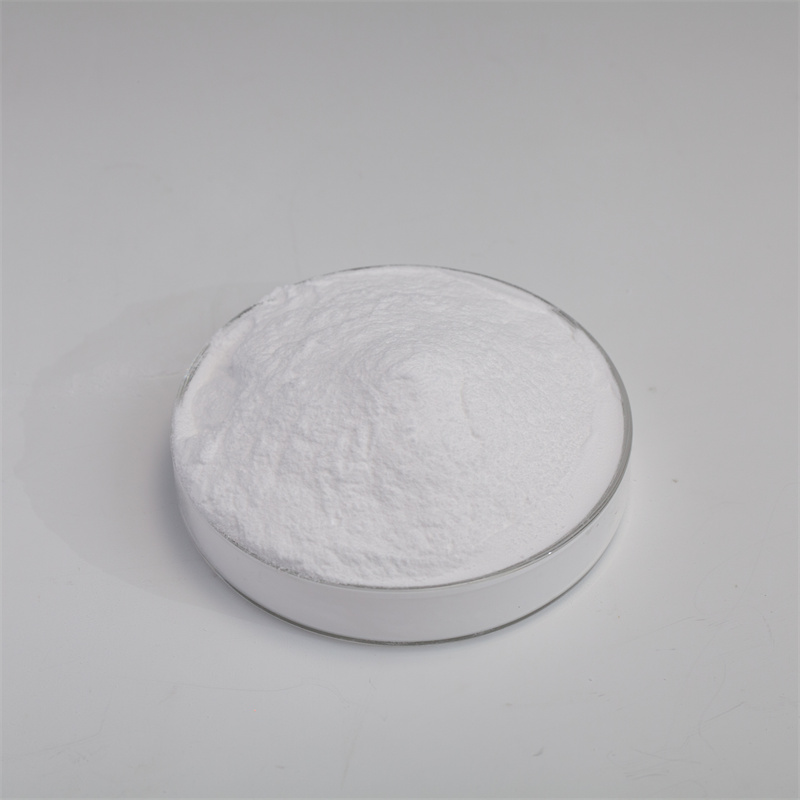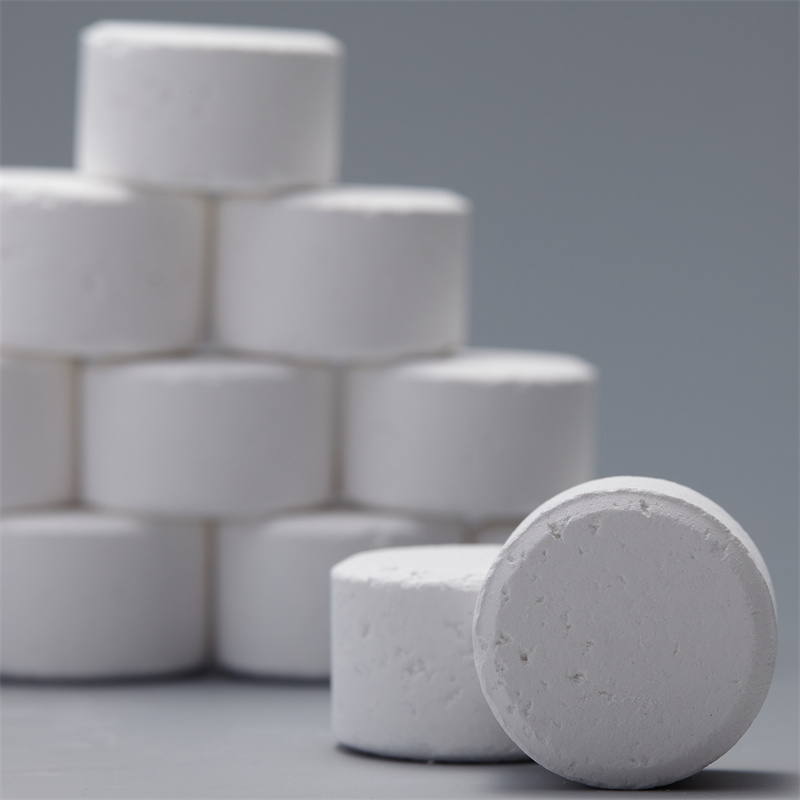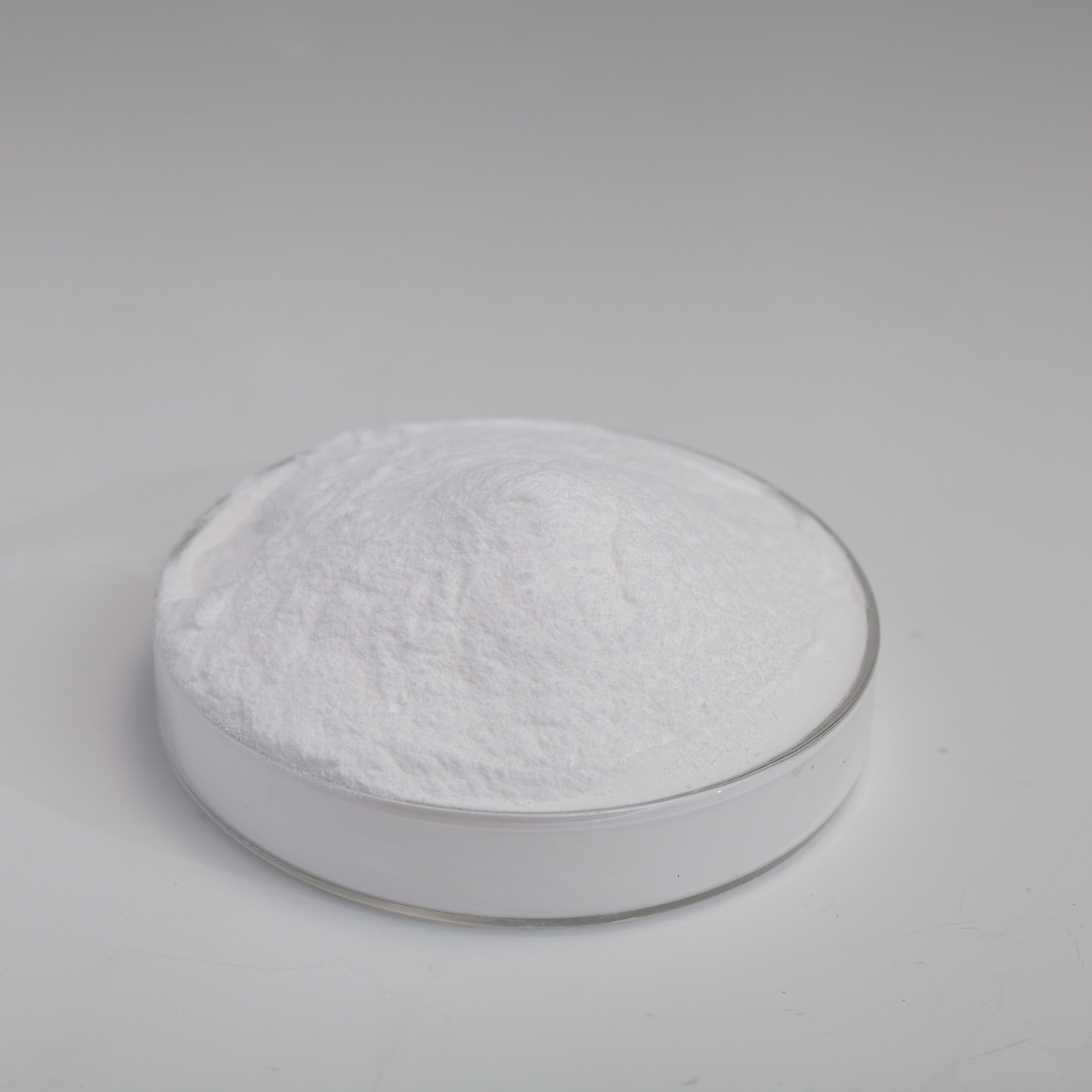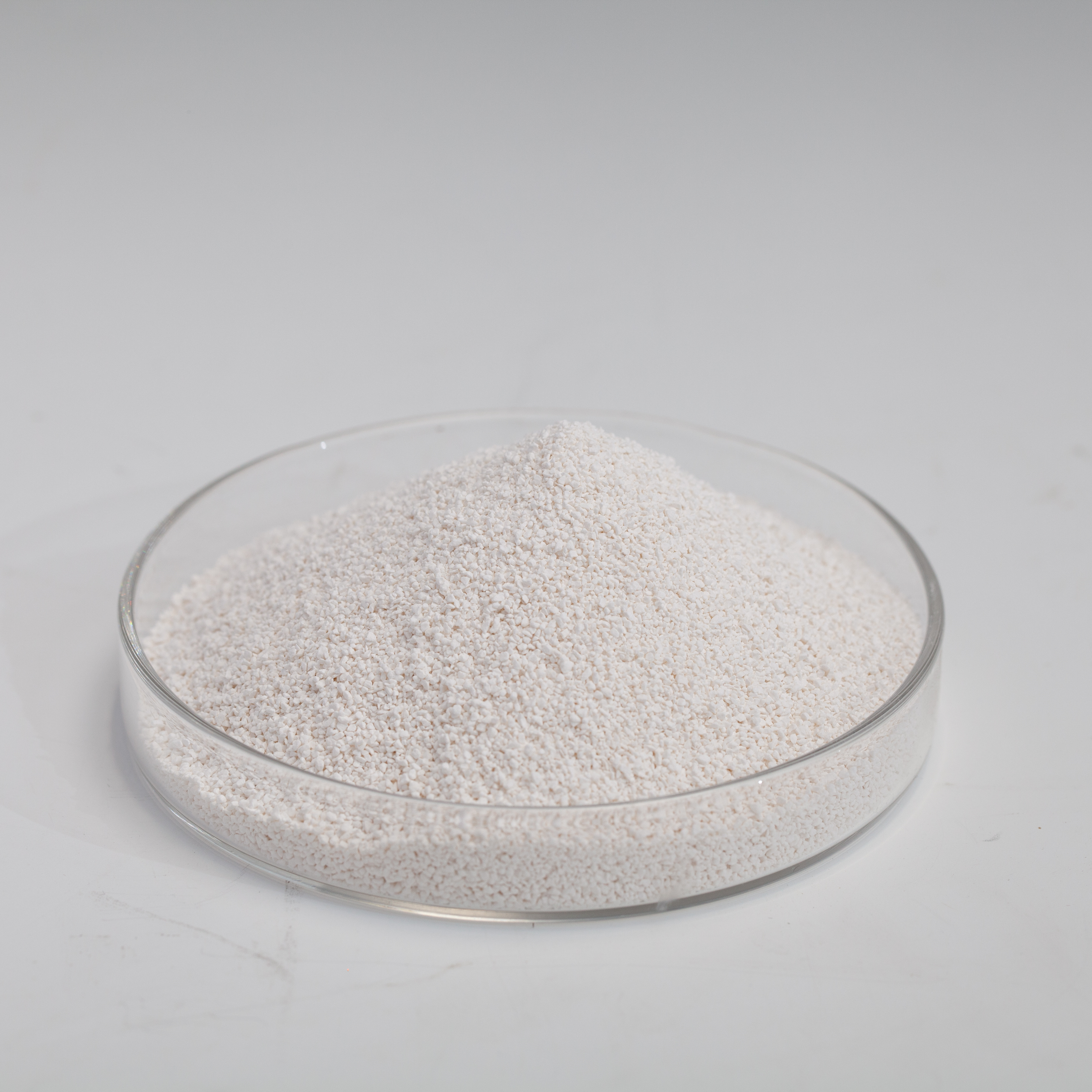Hypochlorite ya Calcium Kwa Maji ya Kunywa
Utangulizi
Hypokloriti ya kalsiamu ni kiwanja cha kemikali ambacho mara nyingi hutumika kama dawa ya kuua vijidudu na sanitizer, ikijumuisha kutibu maji. Ina klorini, ambayo ni nzuri katika kuua bakteria, virusi, na microorganisms nyingine.
Uainishaji wa Kiufundi
| Vipengee | Kielezo |
| Mchakato | Mchakato wa sodiamu |
| Muonekano | Granules nyeupe hadi kijivu nyepesi au vidonge |
| Klorini inayopatikana (%) | 65 MIN |
| 70 MIN | |
| Unyevu (%) | 5-10 |
| Sampuli | Bure |
| Kifurushi | 45KG au 50KG / ngoma ya plastiki |
Tahadhari za matibabu ya maji ya kunywa
Ni muhimu kutambua kwamba kutumia hipokloriti ya kalsiamu kwa matibabu ya maji ya kunywa kunahitaji utunzaji makini na uzingatiaji wa miongozo iliyopendekezwa, kwani kiasi kikubwa kinaweza kudhuru.
1. Kipimo:Ni muhimu kutumia kipimo kinachofaa cha hipokloriti ya kalsiamu ili kuhakikisha uondoaji wa vimelea bila kuathiri usalama. Mahitaji ya kipimo yanaweza kutofautiana kulingana na mambo kama vile ubora wa maji, halijoto na wakati wa kuwasiliana.
2. Dilution:Hypochlorite ya kalsiamu huongezwa kwa maji katika fomu iliyopunguzwa. Fuata uwiano uliopendekezwa wa dilution unaotolewa na mtengenezaji au miongozo husika ili kufikia mkusanyiko unaohitajika wa kuua viini.
3. Majaribio:Fuatilia na jaribu mara kwa mara viwango vya mabaki ya klorini katika maji yaliyosafishwa. Hii husaidia kuhakikisha kwamba mchakato wa kuua viini ni mzuri na kwamba maji ni salama kwa matumizi.
4. Muda wa Mawasiliano:Muda wa kutosha wa kuwasiliana ni muhimu kwa klorini ili kuzuia maji kwa ufanisi. Muda unaohitajika kwa klorini kutenda hutegemea mambo kama vile joto la maji na vijiumbe maalum vilivyopo.
5. Hatua za Usalama:Hypokloriti ya kalsiamu ni wakala wa vioksidishaji vikali na inaweza kuwa hatari ikiwa haitashughulikiwa ipasavyo. Vaa vifaa vinavyofaa vya kujikinga (PPE), kama vile glavu na miwani, unaposhughulikia kemikali. Fuata miongozo ya usalama na mapendekezo yaliyotolewa na mtengenezaji.
6. Kanuni:Fahamu na uzingatie kanuni na miongozo ya eneo husika inayohusiana na matumizi ya dawa za kuua viini katika kutibu maji ya kunywa. Mikoa tofauti inaweza kuwa na viwango maalum na viwango vinavyoruhusiwa vya klorini katika maji ya kunywa.
7. Klorini iliyobaki:Dumisha kiwango cha klorini kilichosalia ndani ya kiwango kinachopendekezwa ili kuhakikisha uondoaji wa vimelea unaoendelea maji yanaposafirishwa kupitia mifumo ya usambazaji.
Je, nitachaguaje kemikali zinazofaa kwa matumizi yangu?
Unaweza kutuambia hali ya ombi lako, kama vile aina ya bwawa, sifa za maji machafu za viwandani, au mchakato wa sasa wa matibabu.
Au, tafadhali toa chapa au muundo wa bidhaa unayotumia sasa. Timu yetu ya kiufundi itakupendekezea bidhaa inayofaa zaidi kwako.
Unaweza pia kututumia sampuli kwa uchambuzi wa maabara, na tutatengeneza bidhaa sawa au zilizoboreshwa kulingana na mahitaji yako.
Je, unatoa OEM au huduma za lebo za kibinafsi?
Ndiyo, tunakubali ubinafsishaji katika kuweka lebo, upakiaji, uundaji, n.k.
Je, bidhaa zako zimethibitishwa?
Ndiyo. Bidhaa zetu zimeidhinishwa na NSF, REACH, BPR, ISO9001, ISO14001 na ISO45001. Pia tuna hataza za uvumbuzi za kitaifa na tunafanya kazi na viwanda washirika kwa majaribio ya SGS na tathmini ya alama ya kaboni.
Je, unaweza kutusaidia kutengeneza bidhaa mpya?
Ndiyo, timu yetu ya kiufundi inaweza kusaidia kuunda fomula mpya au kuboresha bidhaa zilizopo.
Inakuchukua muda gani kujibu maswali?
Jibu ndani ya saa 12 kwa siku za kawaida za kazi, na uwasiliane kupitia WhatsApp/WeChat ili upate bidhaa za dharura.
Je, unaweza kutoa maelezo kamili ya usafirishaji?
Inaweza kutoa seti kamili ya maelezo kama vile ankara, orodha ya upakiaji, bili ya shehena, cheti cha asili, MSDS, COA, n.k.
Huduma ya baada ya mauzo inajumuisha nini?
Toa usaidizi wa kiufundi baada ya mauzo, kushughulikia malalamiko, ufuatiliaji wa vifaa, kutoa upya au fidia kwa matatizo ya ubora, n.k.
Je, unatoa mwongozo wa matumizi ya bidhaa?
Ndiyo, ikiwa ni pamoja na maagizo ya matumizi, mwongozo wa dosing, vifaa vya mafunzo ya kiufundi, nk.


